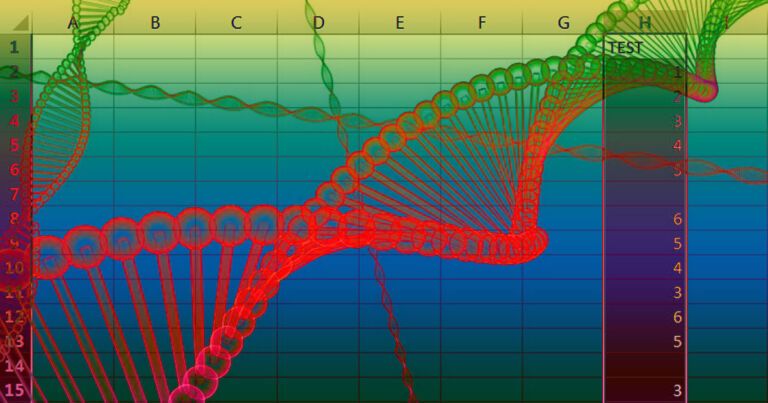The genes “MARCH1” and “SEPT1,” for instance, kept getting auto-formatted by Excel.


Populations of vampire bats are exploding and spreading deadly diseases.
Check out VICE News for more: http://vicenews.com
Follow VICE News here:
Facebook: https://www.facebook.com/vicenews
Twitter: https://twitter.com/vicenews
Tumblr: http://vicenews.tumblr.com/
Instagram: http://instagram.com/vicenews
More videos from the VICE network: https://www.fb.com/vicevideo

This magnitude 7.1 earthquake started deep underground, in a gash on the Atlantic seafloor, a little more than 650 miles off the coast of Liberia, in western Africa. It rushed eastward and upward, then did an about-face and boomeranged back along the upper section of the fault at incredible speeds‑so fast it caused the geologic version of a sonic boom.
The ferocity of shaking from an earthquake is usually focused in the direction the temblor is traveling. But a boomerang quake, or a “back-propagating rupture” in scientific terms, may spread the intense shaking across a wider zone. It remains uncertain how common boomerang earthquakes are—and how many travel at such great speeds. But the new study, published today in the journal Nature Geoscience, is a major step toward untangling the complex physics behind these events and understanding their potential hazards.
“Studies like this help us understand how past earthquakes ruptured, how future earthquakes may rupture, and how that relates to the potential impact for faults near populated areas,” says Kasey Aderhold, a seismologist with the Incorporated Research Institutions for Seismology, via email.

As one of the leaders in developing a COVID-19 vaccine, Moderna signed a contract worth up to $1.525 billion with the U.S. government to supply 100 million doses of mRNA-1273, the company’s experimental COVID-19 vaccine.
The agreement also includes incentive payments for hitting a production schedule. Moderna had a previous award of up to $955 million from BARDA for the development of the vaccine to licensure, which brings the U.S. government’s commitment for early access to the vaccine up to $2.48 billion. The U.S. government, as part of Operation Warp Speed, also can acquire another 400 million doses.
As part of this deal, the U.S. government says Americans will receive the vaccine at no cost. It is possible that healthcare professionals will charge for the cost of administering it.


Researchers at Argonne National Laboratory say they’ve found a breakthrough way to recycle carbon dioxide into energy-rich ethanol fuel. The secret is an electrified catalyst made from copper and carbon, which the researchers say can be powered using low-cost off-peak or renewable energy. What results is a process that’s more than 90 percent effective, which they say is far higher than any similar existing process.
Northern Illinois University professor and participating Argonne researcher Tao Xu says the new catalyst isn’t just a single stop that can produce ethanol—it’s the first step down a possible long list of ways to turn carbon dioxide into other useful chemicals. Despite the obvious plenitude of carbon dioxide, recycling it effectively into new things has been hard because of how stable and chemically stubborn the molecules are.

The Space Force’s announcement last week that United Launch Alliance and SpaceX will launch expensive spy satellites and other military payloads brings a long and often fierce battle for government funds to an end — at least for now.
Why it matters: This type of government money — particularly in light of the economic downturn caused by the coronavirus pandemic — is key for space companies that often work on thin margins.
The state of play: ULA was awarded the bulk of the funds — $337 million — for two missions due to launch in 2022, with SpaceX winning $316 million for one mission launching that year.
Imagine plugging in to your brick house.
Red bricks—some of the world’s cheapest and most familiar building materials—can be converted into energy storage units that can be charged to hold electricity, like a battery, according to new research from Washington University in St. Louis.
Brick has been used in walls and buildings for thousands of years, but rarely has been found fit for any other use. Now, chemists in Arts & Sciences have developed a method to make or modify “smart bricks” that can store energy until required for powering devices. A proof-of-concept published Aug. 11 in Nature Communications shows a brick directly powering a green LED light.
#SpaceX
#ElonMusk
